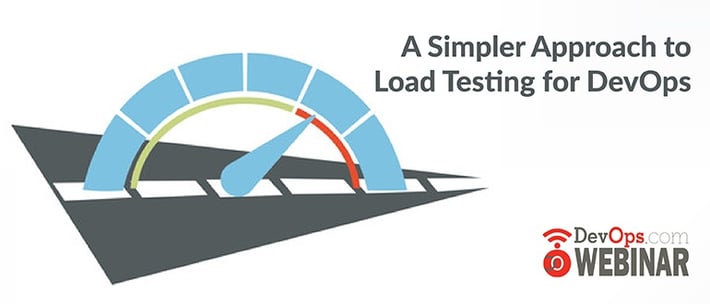Sponsored by Tricentis
May 24, 2018
4 PM ET
We all recognize the importance of application performance… but load testing is hard. Traditional load testing approaches (such as JMeter and Gatling) have a steep learning curve, and can bog down your DevOps initiatives. It takes a while to get scripts up and running–and then you need to continuously update them as your app evolves. You’re trying to simulate realistic user behavior–but to do so, you need to think like a browser and manage things like session handling, authentication, caching, and so on at the protocol level.
If you want a simpler way to load test for DevOps, then the new Browser Level User (BLU) approach is designed for you. Since you don't have to script each individual network call, load tests are much easier to define, as well as more resilient (i.e., not a pain to maintain). With this new “lean” approach to load testing in a DevOps environment, any tester can start load testing.
Join us for this webinar to explore why and how you can start performing BLU load testing today. We’ll cover:
- Why load testing is becoming critical for all testers
- How BLU makes load testing feasible for everyone
- BLUs versus protocol–level approaches to load testing for DevOps
Tim Koopmans, Director of Load Testing, Tricentis
Tim Koopmans, Director of Load Testing at Tricentis, is a performance testing expert dedicated to making load testing accessible to everyone. Tim is co–founder of Flood IO, a cloud load testing platform designed for DevOps (Flood IO is now part of Tricentis). He also developed Ruby JMeter, a Ruby–based DSL for building JMeter test plans. Prior to Flood, Tim spent more than ten years as a performance and development consultant for companies across retail, finance, telecom, and government sectors. Tim also served as an Australian Army Officer for 10 years.


